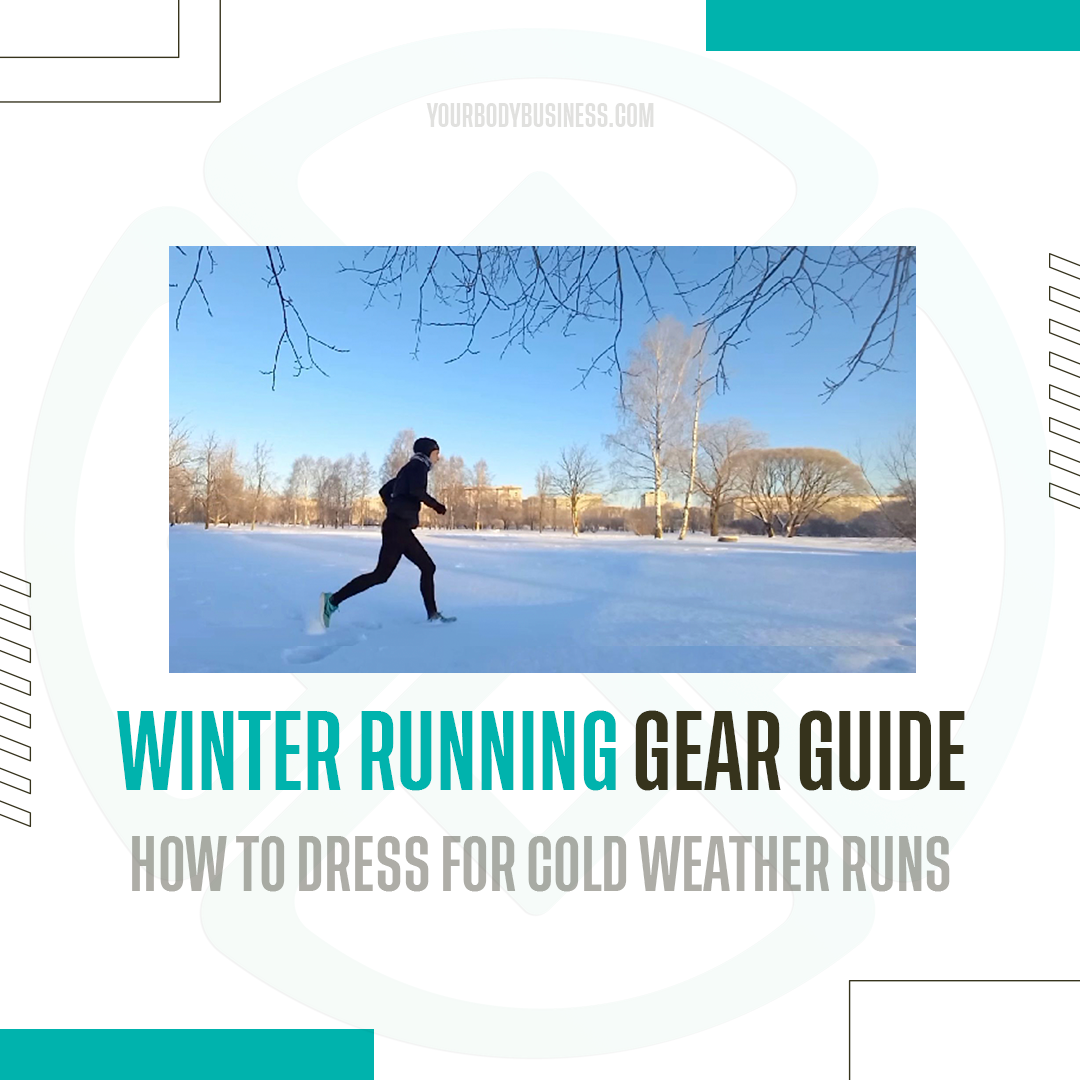

2024.05.05
Let's start with the fact that you can safely run in temperatures as low as -15 degrees Celsius, but caution is key due to the risk of slipping.
If you're an experienced runner with years of training under your belt and a good understanding of your body, the cold shouldn't deter you. However, if running is more of a hobby for you and you're less experienced, it's best to avoid exercising in extremely cold temperatures to prevent breathing in icy air, which could potentially lead to pneumonia. Even specialized masks may not provide sufficient protection.
Proper equipment is essential.
There is no such universal clothing that will suit any temperature. While you might feel warm at +5°C, at -30°C you'll become stiff. In sneakers designed for summer running on asphalt with a smooth tread, you'll slide on the snow, and even more so on ice. In general, each temperature has its own set of clothes.
How to Dress in Winter?
CLOTHING
The main task of winter running clothes is not just to keep you warm, but also to prevent you from getting wet from sweat, thereby preventing hypothermia. In cold weather, it's better to dress in layers, with 3-4 layers of technical equipment. But be prepared to sweat more. Pay attention to your lower back to avoid chilling or developing a cold.
1st layer is thermal underwear, which wicks moisture away from the body. Cotton is not suitable because it absorbs sweat, cooling the body and preventing air from entering.
2nd layer, the insulating layer, consists of products made of fleece or Polartec, which retain heat while continuing to wick moisture away.
3rd layer is the moisture and wind protective layer, typically a windbreaker or membrane jacket that protects from wind, rain, and snow while allowing breathability.
4th layer is an additional layer for extreme cold or for those prone to feeling cold. For example, this could be another fleece jacket.
FOOTWEAR
Trail running shoes with uppers made of membrane or thick textile with hydrophobic impregnation will be the best option. Woolen socks are not recommended as they are not suitable for runners' clothing. Instead, opt for sports socks for winter sports, including compression ones, which should completely cover the ankle. There are specialized shoes designed for running in cold weather with a powerful tread pattern and spikes for added grip on snow and ice.
ACCESSORIES
In winter, running gloves are essential. Thin, breathable gloves are suitable for temperatures down to -10°C, while fleece gloves or those with a WindStopper membrane are better for temperatures below -10°C. A hat or a "buff" can be worn even at temperatures below +5°C, especially in windy weather. A balaclava is ideal for severe cold or snowstorms. Protect your skin with a protective cream or wax, and consider wearing sports glasses to shield your eyes from snow and wind. For long workouts, a running belt, vest, or backpack will come in handy to carry essentials like food and water.
And lastly, cold temperatures can affect ligaments, reducing their elasticity and increasing the risk of injury. Therefore, be extra cautious when stretching after running, preferably after warming up in a warm bath. And always remember to warm up properly before starting your run.
Dress smart and run healthy!
Read more: